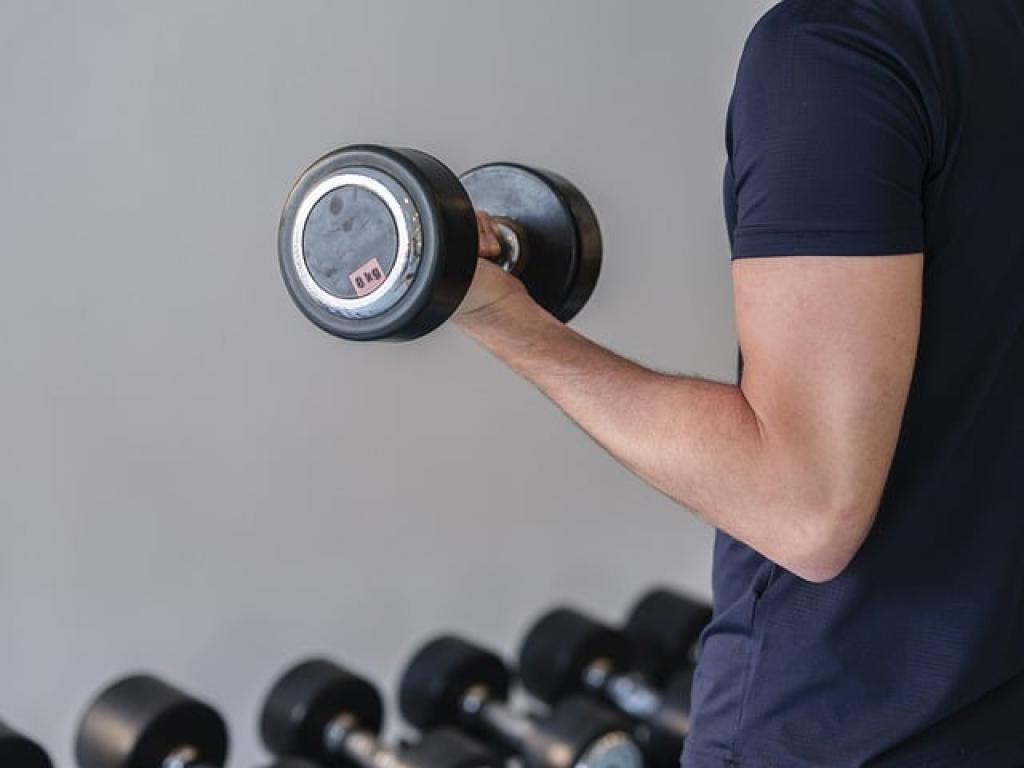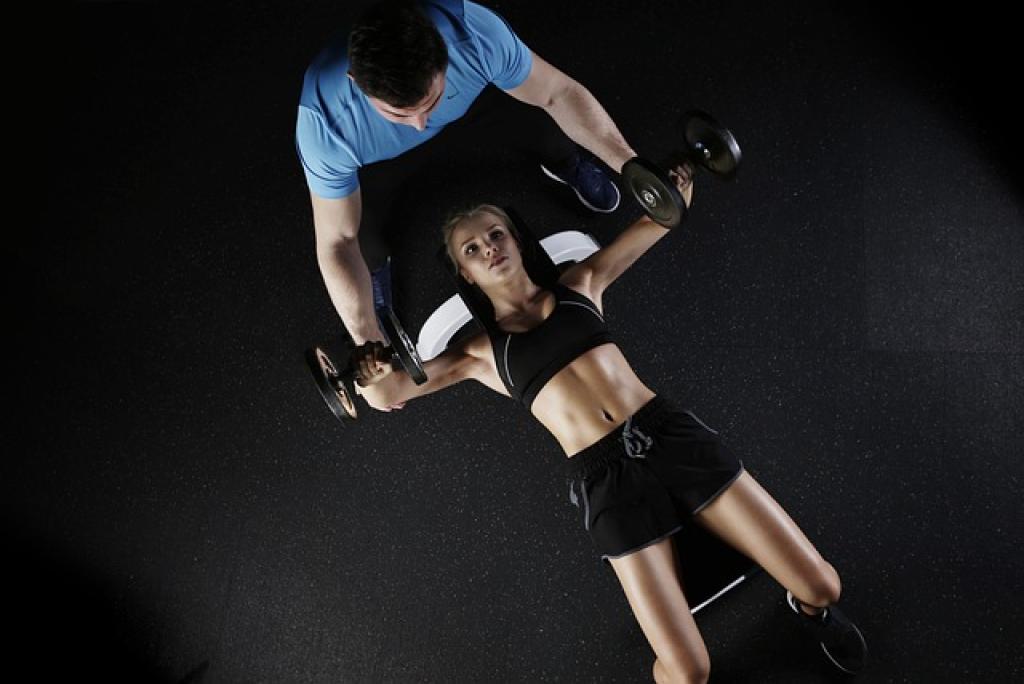As we age, staying active is crucial for maintaining health and independence. However, for those with limited mobility, finding the right type of exercise can be challenging. Fortunately, there are many pieces of exercise equipment designed specifically to cater to the needs of elderly individuals with mobility issues.
Incorporating the right equipment into daily routines can enhance strength, flexibility, and balance, all vital for a better quality of life. These tools are simple to use and can make exercise both safe and enjoyable.
Whether it’s a seated elliptical to keep the legs moving, a set of resistance bands to gently build muscle strength, or balance pads to improve stability, there’s something for everyone. Exploring these options opens up new ways to stay active and engaged, even from the comfort of home.
This post will guide you through the top exercise equipment ideal for elderly individuals looking to improve their health without straining their body. Let’s dive into how these tools can make a difference in everyday life!
Why is Exercise Important for Elderly Individuals with Limited Mobility?
Exercise plays a pivotal role in enhancing the overall well-being of elderly individuals, especially for those with limited mobility. It’s not just about physical health; staying active also supports emotional and mental wellness.
Regular exercise helps maintain muscle mass and bone density, crucial for preventing falls and injuries. It improves cardiovascular health, supporting better circulation and reducing the risk of heart disease and stroke.
Boosting Mood and Mental Health
Beyond physical benefits, exercise is a fantastic mood booster. It helps release endorphins, improving mood and reducing feelings of depression and anxiety. Engaging in physical activity can also improve sleep quality, offering more energy throughout the day.
For the elderly, maintaining a sense of independence is crucial. Exercise promotes self-reliance by improving strength and balance, making daily activities easier and less tiring. Simple exercises tailored to specific abilities can lead to more confidence in navigating life’s tasks.
Social Connections
Exercise can also be a way to foster social connections. Group activities or exercise classes adapted for limited mobility are great opportunities to meet new friends, enhancing social life and reducing feelings of isolation.
These benefits underscore why incorporating exercise, with the right equipment, is so essential for seniors striving for a fulfilling, independent life.

Factors to Consider When Choosing Exercise Equipment for Seniors
Selecting the right exercise equipment for elderly individuals with limited mobility involves careful consideration to ensure safety and effectiveness. It’s about finding tools that cater to individual needs and create a comfortable exercise experience.
Safety and Stability
The foremost consideration is safety. Equipment should offer robust support, minimizing the risk of slips and falls. Features like non-slip bases, secure hand grips, and stable frames are essential to provide confidence during use.
The equipment must be easy to use, with minimal setup. Complicated mechanisms can be daunting or discouraging, so opting for equipment that is intuitive and straightforward is key. Consider the user’s physical ability and select items that match their current fitness level.
Comfort and Accessibility
Comfort is another important factor. Ensure that the equipment does not cause strain or discomfort, particularly focusing on joints and muscles. Adjustable features can help tailor the equipment to better suit individual needs.
Accessibility is crucial, too. Equipment should be easy to access and use, whether from a seated or standing position. Lightweight and portable items are beneficial, allowing users to exercise in various settings, whether at home or in social environments.
Considering these factors can make a significant difference in selecting equipment that not only meets the physical needs of seniors but also encourages consistent use and enjoyment.
Top Low-Impact Exercise Equipment for Elderly Individuals
Exploring low-impact exercise equipment is a fantastic way for seniors to stay active without putting unnecessary strain on their bodies. These tools help enhance mobility, strength, and overall well-being.
A great example is the pedal exerciser, a compact and versatile device. It allows seniors to pedal while seated, promoting cardiovascular health and leg strength with minimal impact on the joints. It’s perfect for use under a desk or while watching TV.
Resistance bands are another excellent option. They offer gentle strength training exercises that improve muscle tone and flexibility. Lightweight and easy to use, they can be a staple part of any fitness routine, providing options for both seated and standing exercises.
For those who prefer a full-body workout, the seated elliptical is an ideal choice. It mimics walking motions but in a comfortable, seated position. This equipment helps boost circulation and enhance coordination without taxing the knees or hips.
Finally, balance pads are a simple yet effective tool to improve stability and core strength. They challenge the body’s balance systems safely, aiding in fall prevention and overall confidence.
These low-impact options offer seniors the chance to exercise safely and effectively, supporting an active and healthy lifestyle.
How to Safely Use Exercise Equipment for Seniors with Mobility Issues
Safety is paramount when it comes to seniors using exercise equipment, especially those with mobility challenges. Taking the right precautions ensures a comfortable and beneficial exercise experience.
Start with Professional Guidance
Before beginning any exercise routine, it’s wise to consult with a healthcare professional or a physical therapist. They can provide personalized advice and recommend exercises tailored to individual abilities and limitations.
Gradually getting acquainted with equipment is essential. Start slow and allow time to adjust to new routines. It’s important to listen to the body and not push beyond comfortable limits to prevent strain or injury.
Equipment should always be used as intended. Reading the manufacturer’s instructions can help understand the correct operational methods. If possible, having a family member or caregiver present during exercise sessions can provide extra support and safety assurance.
Maintain a Safe Environment
Ensure that the exercise area is free from obstacles and hazards to prevent tripping or falls. Non-slip mats under equipment offer added stability, and adequate lighting can improve visibility.
Regular maintenance of fitness equipment is also crucial. Checking for any loose parts or wear and tear helps maintain their reliability and safety over time.
By following these guidelines, seniors can maximize the benefits of exercise while minimizing risks, ensuring a fulfilling and secure fitness journey.
Adaptive Exercise Equipment Options for Elderly Individuals
Adaptive exercise equipment offers excellent solutions for seniors seeking to maintain an active lifestyle, providing tailored support for various mobility levels. These innovative options ensure that exercise remains accessible and accommodating.
Chair exercises are highly beneficial for those who find standing difficult. Adaptive equipment like chair cycles allows for leg exercise when seated, strengthening muscles without the need to bear weight. These cycles are compact and easy to adjust, fitting seamlessly into daily routines.
For those requiring additional support, handgrip strengtheners are a superb choice. They enhance grip strength and dexterity, which can help with daily tasks. With adjustable resistance, they are suitable for different stages of strength development.
Functional training machines are also a great option. Designed with adaptability in mind, they focus on movements that mimic daily activities. Equipment such as cable machines with adjustable pulleys can be customized to perform a variety of exercises, promoting strength and flexibility.
Adjustable ankle weights can add an element of resistance to simple movements, increasing their effectiveness. Light enough to start with, they can be gradually adjusted as strength improves, allowing seniors to progress at their own pace.
These adaptive equipment options empower seniors to engage in physical activity confidently and comfortably, ensuring that exercise remains a vital and enjoyable part of life.
The Bottom Line: Selecting the Best Exercise Equipment for Senior Citizens
When it comes to choosing exercise equipment for seniors, particularly those with limited mobility, the options should enhance safety, ease of use, and adaptability. The right tools can make a significant difference in maintaining health and independence, ensuring that exercise becomes a sustainable habit.
It’s crucial to consider individual needs and physical capabilities, selecting equipment that aligns with personal fitness levels and goals. Whether it’s low-impact devices like pedal exercisers and resistance bands or more specialized adaptive tools, each piece should encourage comfort and confidence in every movement.
Safety should always be the top priority. Ensuring equipment stability and ease of access is essential to preventing accidents. Consulting with healthcare professionals for recommendations is also a smart step, providing assurance that the chosen equipment is suitable and beneficial.
Another key point is, the value of exercise extends beyond the physical aspects, offering mental and emotional benefits as well. Being active can uplift mood, foster social connections, and enhance overall quality of life, making the choice of equipment all the more important.
In essence, the best exercise equipment for seniors with limited mobility is not just about functionality; it’s about empowering them to stay active, healthy, and independent. By making thoughtful choices, seniors can enjoy a fulfilling fitness routine tailored to their unique journey, encouraging a vibrant and active lifestyle well into their golden years.

No responses yet